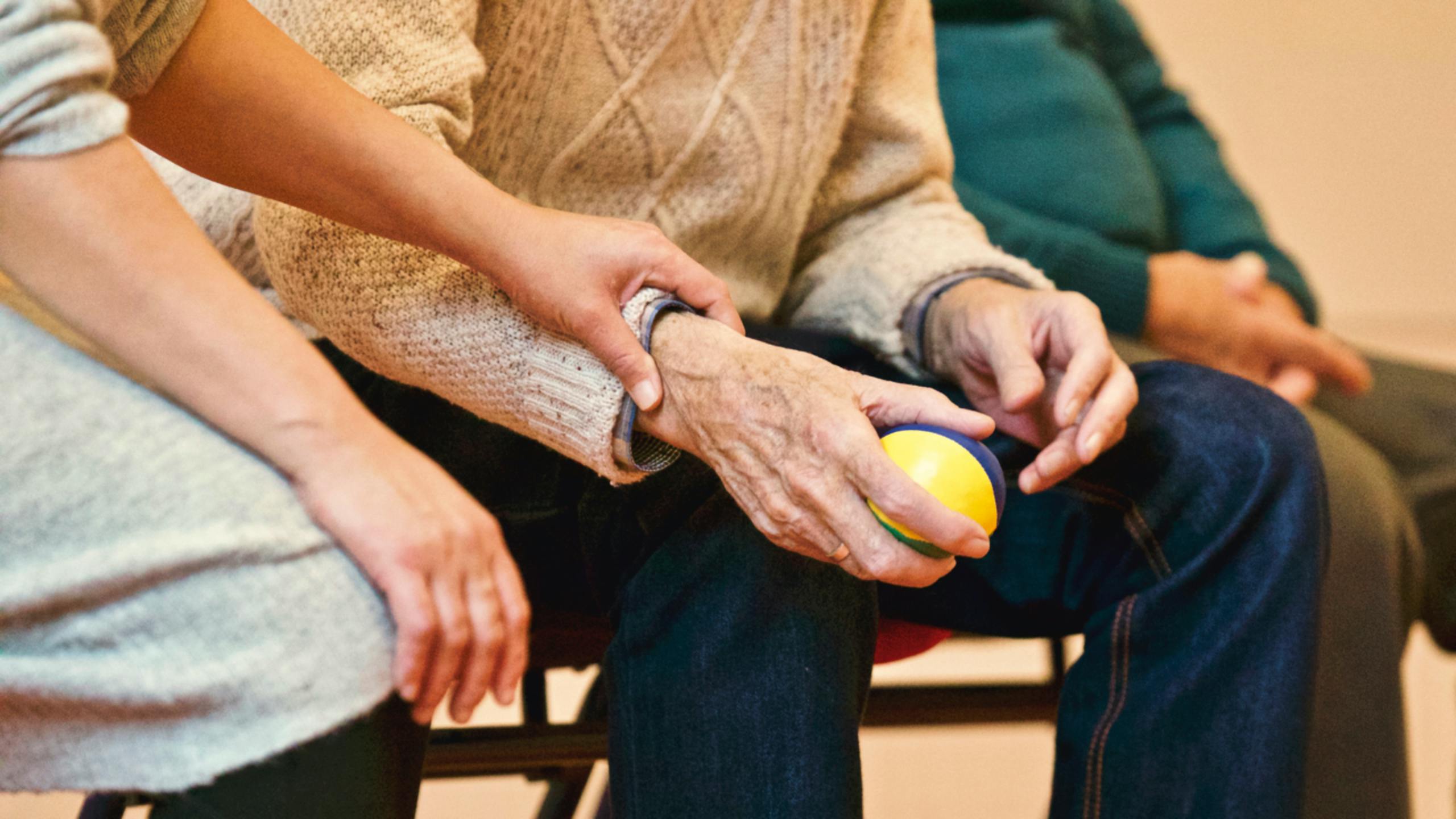Anyone who works in the world of health and social care will know that there are a lot of tasks that need to be completed which can be extremely demanding, whether it is mentally or physically.
The safe moving and handling of a patient is one of the biggest concerns, as you need to protect the well-being of both the patient themselves, and the member of staff who is trying to help them. It is therefore vital that all members of staff are properly trained in the correct moving and handling of patients, and here we find out why.
The principles of safe moving and handling
If someone has difficulty with mobility, they can need help with a number of tasks such as bathing, getting in and out of bed, repositioning themselves or simply moving around their home.
This means that a carer is required to help lift or move them without causing them any discomfort or injuring themselves. This is why it is important to use correct moving and handling principles in order to ensure that everyone is kept safe.
It is important to remember that there are nationally recognised best practices and manual handling regulations when it comes to moving people who require help with their mobility.
Before attempting to move any patient, it is important that you plan what you are going to do.
This means carrying out a brief risk assessment to identify any risks involved in the lift and assess the patient’s ability to move for themselves and what their needs might be. This will allow you to then take any necessary precautions in order to reduce the risks that you have identified. It also allows you to select any appropriate equipment or techniques that might be needed for the job.
You should take into consideration the strength and fitness of the person who will be carrying out the moving, and any health conditions that affect either the patient or the carer. You should also look at any risks associated with moving the patient, the weight of them and the distance that they need to be moved across.
Take into account the space that is needed to carry out the lift and the best posture or techniques that might be required in safely moving or handling them.
As part of your preparations, you should map out the route and distance that you will be moving the patient through, even if it is just a small distance, and check for hazards or obstructions that can be removed from your path. You should also make sure that you are wearing comfortable and suitable clothing that will not affect your balance or create any restrictions.
If you will not be using any equipment for the moving or handling, then you must make sure you know what the correct posture is and use it appropriately. This will help to avoid putting strain on the spine or any other muscles and can help to avoid injury.
Feet should be positioned comfortably apart, pointing in the direction that you intend to move, and you should make sure that you have a secure grip.
Hold the weight of the person as close to your body as possible without straining your spine and maintain a good posture throughout. Brace your abdominal muscles to support your spine and avoid twisting so that you can move as smoothly as possible. Your leg muscles and body’s momentum when moving or handling the person can reduce the stress on the spine to make movement smoother and easier. It is also important that you know your limits and never try to lift someone that you know is too heavy for you.
The importance of correct moving and handling
Moving and handling someone correctly is important both for the person involved and the carer, as both face significant risks. The patient’s needs may be temporary or permanent and they may not have the capacity to help you during the procedure.
By using the correct principles, you can help to maintain the dignity of the person by ensuring the process is simple, quick and efficient. This helps to put them at their ease and allows them to feel comfortable and respected.
You can also ensure that any pain or discomfort is minimised by using the correct techniques or equipment and you can prevent any injury such as falls, damage to the skin, injury to the shoulders or neck, bruises or cuts occurring during the manoeuvre. It is important to remember that moving them in the wrong way can set back their recovery or create a very serious injury.
The carer also needs to know the correct principles for moving and handling in order to ensure that they are complying with all regulations. This is compulsory for any healthcare workers due to the fact that they are responsible for the health and safety of their patients, and a failure to do so can result in prosecution.
During the moving and handling of a person, the carer is also at risk from injury. This may be caused by a single incident or through repetitive and strenuous work over time, and can result in back injuries, damage to the muscles or long-term aches and pains.
Currently, around 40% of work-related sickness in the health and social care industry is down to injuries caused by moving and handling. Following the correct and best principles for this can help to reduce the sick days for the employee, ensuring better patient care all round.
It is therefore vital that anyone working in the health and social care sector undergoes thorough and professional moving and handling training. This will help them go about their day-to-day jobs much more safely, can ensure that patients are protected at all times and allows carers and their employers to show that they are fully compliant with any regulations.
Correct moving and handling training should be carried out for all new employees and refreshers should be offered on a regular basis for all staff members to ensure that the highest standards are met continually. This ensures that all patients are kept as safe as possible and that any carers can also be protected from the risk of injury or prosecution.







